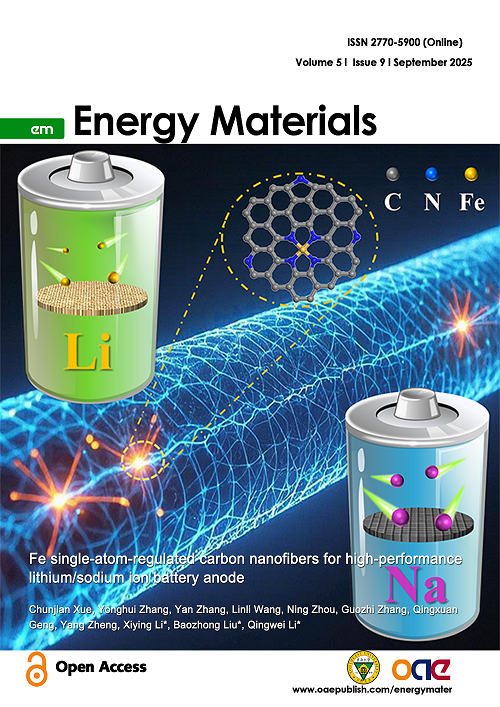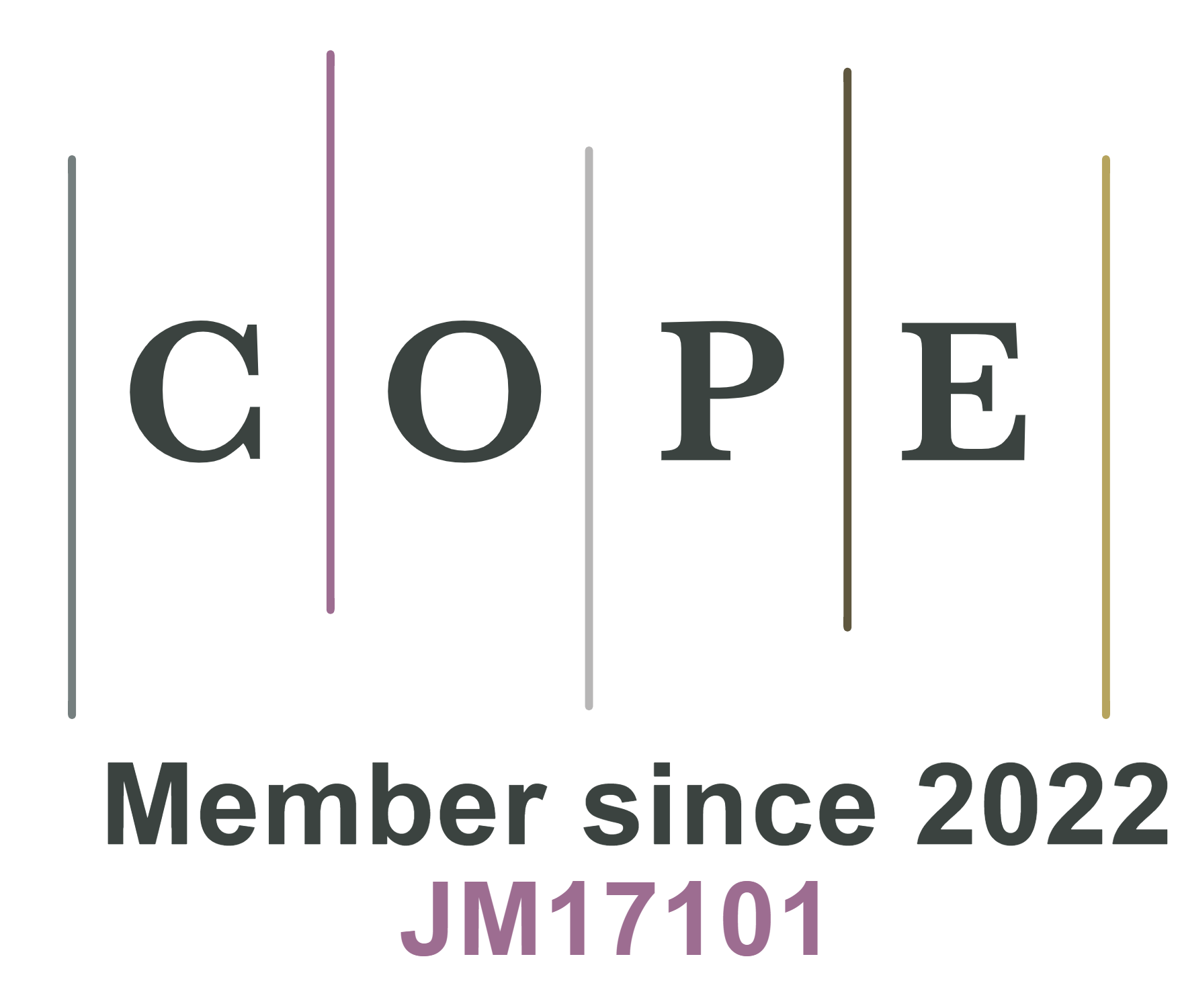Volume 5, Issue 9 (2025) – 20 articles
Carbon-based materials, commonly used as commercial anodes in lithium/sodium ion batteries, nevertheless suffer from sluggish kinetic properties. Constructing electrode materials with one-dimensional nanostructures that offer convenient ion/electron transport pathways can improve Li+/Na+ storage behavior. Recently, metal
Aqueous zinc-ion batteries (ZIBs) hold great promise for energy storage applications. Nevertheless, the realization of high-capacity ZIBs with extended cycle durability remains a significant scientific challenge, predominantly attributed to two inherent limitations: the uncontrollable dendritic growth and concomitant side reactions. In this study, we present a polymer electrolyte membrane denoted as TAC, which addresses these challenges by enhancing the uniform distribution of zinc ions. By incorporating phenolic hydroxyl groups from tannic acid (TA) onto the surface of cellulose fibers, TAC is synthesized, which not only effectively shields both the front and back surfaces of the zinc anode from corrosive effects of the liquid electrolyte, but also exhibits a high liquid-retention capacity under pressures up to 5 MPa. Combining density functional theory simulations with experimental investigations, we demonstrate that the phenolic hydroxyl groups from TA actively engage with zinc ions, thereby significantly reducing the desolvation energy during the plating/stripping processes of the zinc anode. The assembled battery utilizing 1% TAC achieves remarkable performance, retaining 83.1% of its discharge capacity after 1,000 cycles at a current density of 5 C. Moreover, it exhibits high reversibility, high coulombic efficiency of 99.9%, and an impressive lifespan exceeding 2,300 h at 0.5 mA cm-2. Furthermore, 1% TAC demonstrates excellent cycling stability across four different electrolyte systems [ZnSO4, Zn(CF3SO3)2, Zn(OAc)2, and ZnCl2], highlighting its outstanding compatibility across diverse electrolyte compositions. The exceptional performance of the assembled batteries underscores the efficacy of our design, offering a novel strategy for the development and fabrication of polymer electrolyte membranes tailored for aqueous ZIBs.











